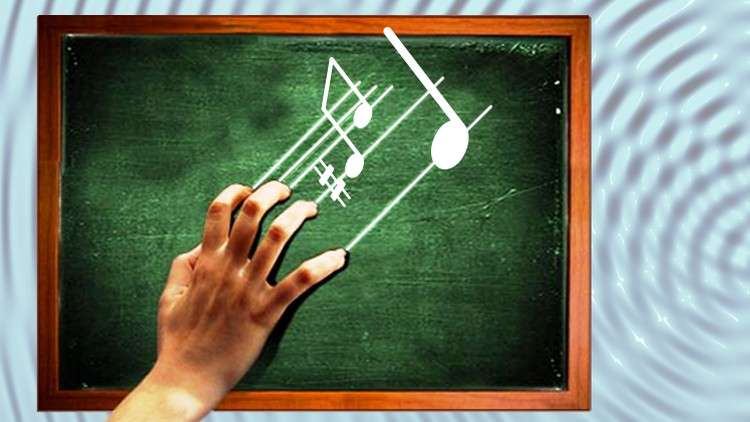
The single sonic mastery course unlocking harmonic secrets of musical tuning and human hearing without the jargon
What you will learn
Develop aural discrimination: train your ears to distinguish subtle differences in musical tones.
Sharpen your listening skills as you discern and recognize both consonance and dissonance.
Explore Equal Temperament, the foundational element of Western music, for a professional grasp of consonance and dissonance.
Identify mistunings in equal temperament, cultivating a unique and profitable skill set for perceiving subtle nuances.
Cultivate unbiased musical opinions, independent of subjective taste, by understanding the acoustical facts at play.
Unveil the raw forms of acoustic phenomena, bypassing complex jargon, to understand the science behind consonance directly.
Break free from the constraints of traditional music theory and nomenclature, embracing an approach that makes musical concepts easy to understand.
Embark on a life-changing musical journey, armed with the best ability to hear and appreciate dissonances, expanding your skills as a music professional.
Description
Have you ever wondered about the underlying structure of music? The mysterious musical elements at the the heart of music and the mechanisms responsible for the entire curriculum of formal music theory?
This transformative course invites you on a life-changing musical journey into the heart of music, unraveling the mysteries of equal temperament — the single tuning adopted as standard in the West. No prior knowledge of formal music theory or musical skills is needed, just an open mind and a love for music.
Discover the intricate world of music, acoustics and anatomy without getting lost in complex terminology. From mastering aural discrimination to exploring the foundations of equal temperament, this course empowers you to identify and interpret mistunings, fostering a unique skill set in understanding and recognizing both consonance and dissonance.
What exactly will we study in this course?
- A novel method of visually representing musical tones.
- The physical phenomena taking place when sounding musical tones simultaneously.
- How certain harmonic tones are approximated in 3 different Equal Temperaments: 12-ET, the standard, and 2 other microtonal ET’s.
- Consonance and dissonance of different versions of the same tone.
- Variants of the same symbols: differently tuned tones, which in cultural practice bare the same name and are notated the same way.
What we are not concerned with in this course?
- The historical battles of the “Tuning Wars”, as named by historians.
- Equal Temperament vs. Just Intonation
- Concert Pitch: 432Hz vs. 440Hz
- Consonance and dissonance of tones in a given scale.
Most important, we’re going to answer questions, like „what”, „where”, „how”, „which”, „when” and „why” we hear what we hear.
Content